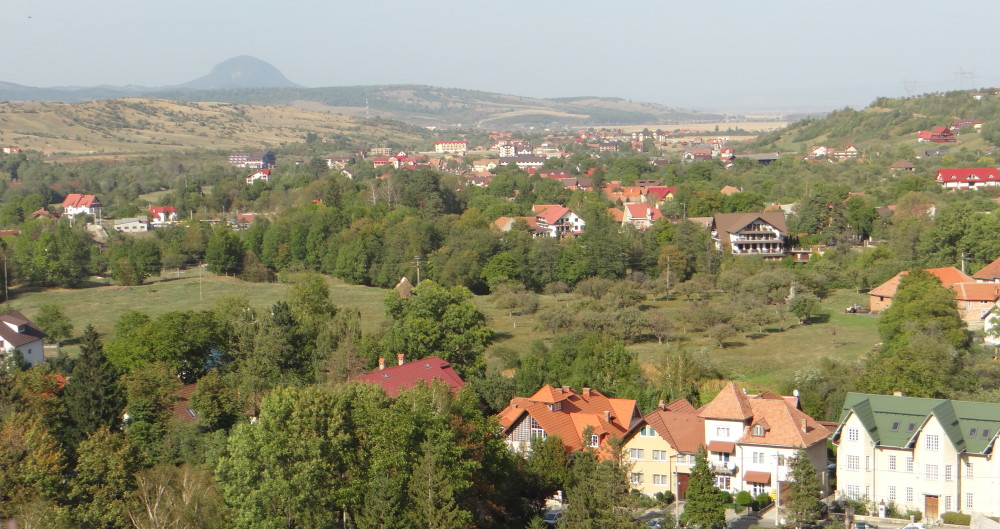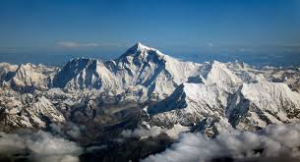Environmentalists have switched their assault on the world economy to a new frontier, previously unaffected by their agenda – peaks, Mount Everest to be more specific, located between China and Nepal in the Himalayas. The 29,029 feet mountain is in danger. What is the crisis? According to the National Geographic team, the mountain is “overcrowded with inexperienced climbers and polluted with waste.”
The nature of the pollution includes human corpses, human excrement, garbage leaking from glaciers, abandoned equipment, and overcrowding. How crowded could it be? Mark Jenkins described at 26,000 feet the dangerous inconvenience of more than 100 climbers moving slowly, forcing everybody else to move at the same pace.
The humans who perished were left where they died; some were pushed by wind and ice by the side of the trail and some wound up in crevasses. Mark said that the “mountain is mobbed” by inexperienced climbers. “The two standard routes up Everest are not only dangerously crowded but also disgustingly polluted.”
He bemoans the days when in 1963 only six climbers made the arduous trek compared to 2012 when over 500 “mobbed the summit.” The National Geographic team reached the summit on May 25 but was unable to stand due to overcrowding.
Climbing the highest peak is not as glamorous as it used to be, he said. The club is no longer rarified – there are almost 4,000 who successfully reached the peak, some more than once. Guided climbers who pay $30,000-120,000 on expeditions to reach the top have created mounds of human excrement and left behind discarded equipment, other trash, and corpses.
Nepalese Sherpas remove their own trash, leaving little footprint behind. They even pick up some of the garbage left by climbers even though collection work is difficult in sub-zero temperatures.
What kind of micro-management do environmentalists propose in order to save this natural wonder, the mammoth toy that tests the mettle for the few and moneyed?
– Restrain low budget outfitters by limiting the number of total permits per season and the size of each team (perfect weather data causes crowds on the mountain, all vying to reach the top during the same nice weather conditions)
– Show respect for the mountain (I would think, that would be hard to do when caught in a storm and trying to survive)
– Issue ID scanner tags with every permit (QR code) that might save a climber’s life (Would that reduce corpse pollution?)
I would never understand why humans push themselves to test the limit of their survival endurance in unforgiving environments, often paying with their lives, but it is a remarkable accomplishment that few have attained and I am not trying to minimize the extraordinary physical shape these men and women attain and the grueling training and dedication involved.
Previous pioneers have escalated peaks and treacherous territories trying to find new lands, develop maps, rescue lost teams, or to find mines of gold, silver, and other precious resources. They left behind discarded equipment, wagons, tools, ships, tents, and cooking utensils.
I wonder if environmentalists consider mountains polluted if they are covered with wildlife, their poop, and their carcasses. Animals are killed off, die of natural causes, sometimes partially or completely eaten; their remains and fecal matter decompose scattered on the ground. Is that environmentally hazardous to the mountain?
Civilized people love a clean environment and strive to keep it that way. At the end of the day, is it about pollution really and “showing respect for the mountain,” or is it about denying and controlling access to a natural wonder so that future climbers with a big ego, plenty of cash, and a burning desire to reach the peak, survive, often cheat death, and live to brag about it?
ILEANA JOHNSON
American By Choice

